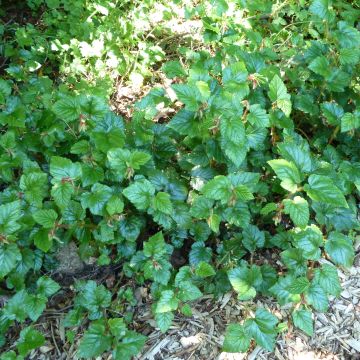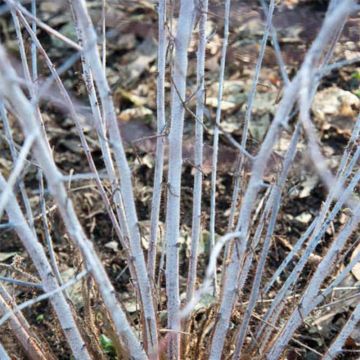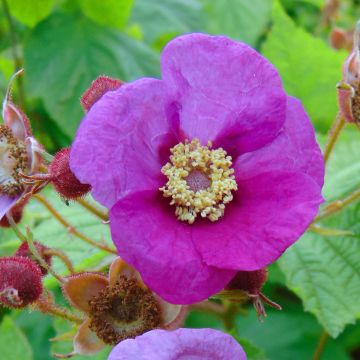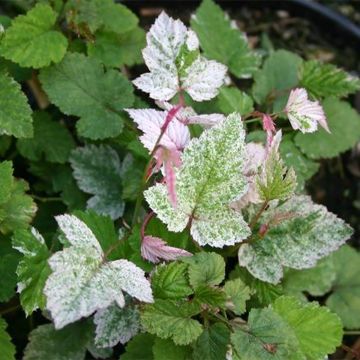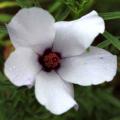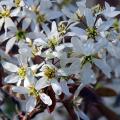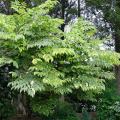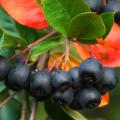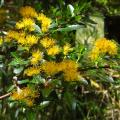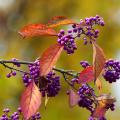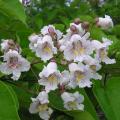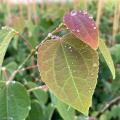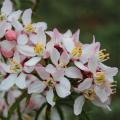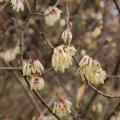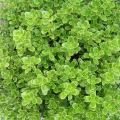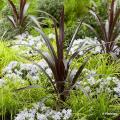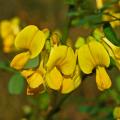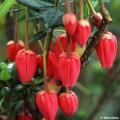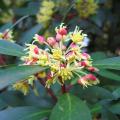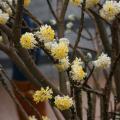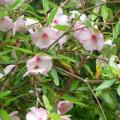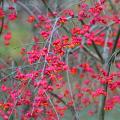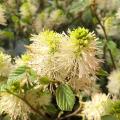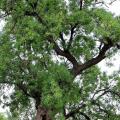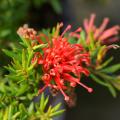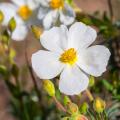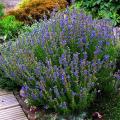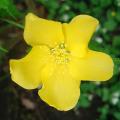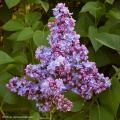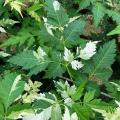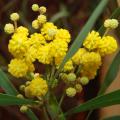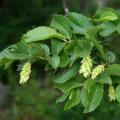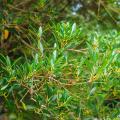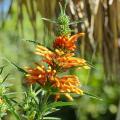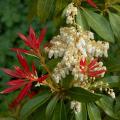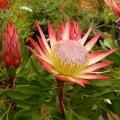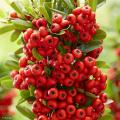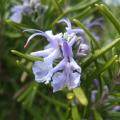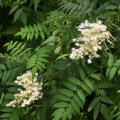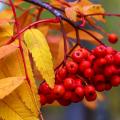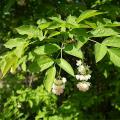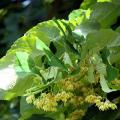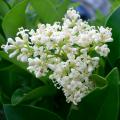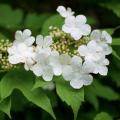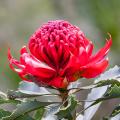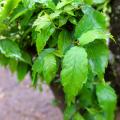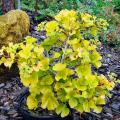Rubus - Blackberry
Does this plant fit my garden? Set up your Plantfit profile →
Available in 2 sizes
Available in 1 sizes
Available in 1 sizes
Available in 1 sizes
Available in 1 sizes
Available in 1 sizes
Available in 1 sizes
Available in 1 sizes
Available in 1 sizes
Available in 1 sizes
Available in 1 sizes
Rubus or ornamental brambles, like fruit brambles, are vigorous plants that are easy to grow. They can be planted within an informal hedge, as groundcover under trees, or even as standalone plants depending on the chosen variety or species. By the way, most of them do not have thorns.
Rubus odoratus, also known as the flowering raspberry, is very floriferous, slightly fragrant, and thornless. It offers a long summer flowering in the form of clusters of small flowers in a fresh pink colour, highlighted by velvety emerald green foliage. The flowering is followed by decorative bright red fruits enjoyed by birds.
Rubus thibetanus 'Silver Fern' is an ornamental bramble of great beauty, native to the Chinese and Tibetan mountains, with rapid growth and vigour that make it suitable for slightly wild areas of the garden. In winter, it displays a somewhat ghostly silhouette, made up of numerous white branches that can reach two metres. Its astonishing silver-green fern-like foliage with white undersides is adorned in summer with small pink flowers, soon followed by small black fruits that birds enjoy in autumn.
Rubus specabilis 'Olympic Double' is one of the most beautiful ornamental brambles that can be planted in a natural garden or a rustic hedge. It develops prickly stems and flowers that resemble miniature roses. The flowers are followed by small edible yellow-orange blackberries that birds greatly appreciate.
Rubus henryi bambusarum is very vigorous and has slender, flexible, and thorny stems. It has a magnificent palmate foliage, which is dark green, shiny, and leathery, resembling that of some bamboos. In May-June, it displays long clusters of small pinkish-red flowers, followed by edible fruits.
Rubus or ornamental brambles are shrubs that enjoy sun or partial shade but also tolerate shade. They are very vigorous as long as they are planted in a damp and humus-rich soil.
Haven't found what you were looking for?







































